The truth behind the OnePlus 15 camera backlash
Reduced sharpness isn’t what’s holding the OnePlus 15 back, and the underlying image engine is more hopeful than it seems.
This article may contain personal views and opinion from the author.

The OnePlus 15 is the latest flagship released in 2025, and it is getting a lot of attention. Many of the upgrades with this new model have earned it praise, like the absurdly long battery life, the build quality and the performance.
When it comes to the camera system, however, it seems most of the attention the OnePlus 15 is receiving is... negative. Last week, when we compared photo samples between the new model and its predecessor, the OnePlus 13, the comment section seemed pretty adamant that OnePlus fumbled the cameras on the OnePlus 15.
Now, it is undeniable that the OnePlus 13 has produced a sharper, more detailed photo in both cases here. That said, it looks to me that most of this extra detail comes from artificial sharpening during post-processing stage. Of course, that's not a bad thing — all phones apply some kind of sharpening after you snap a photo.
This is one more instance where the 13's higher detail is visible, but I also see that the phone has done more post-processing magic to achieve that look. So, this means that OnePlus can potentially improve the OnePlus 15 to achieve similar — or maybe even better — results.
The main complaint we saw was that the images from the OnePlus 15 looked less sharp compared to the 13, and by no small amount. So, I wanted to revisit these samples and take a closer look at them myself.
Telephoto Camersa (Day photos)
Now, it is undeniable that the OnePlus 13 has produced a sharper, more detailed photo in both cases here. That said, it looks to me that most of this extra detail comes from artificial sharpening during post-processing stage. Of course, that's not a bad thing — all phones apply some kind of sharpening after you snap a photo.
In cases like the one with the 3D cartoon, where we are indoors and there is only ambient light, it definitely delivers a more pleasing result. However, I don't think the artificial sharpening has resulted in a better photo when it comes to the second example with the building. The image taken with the OnePlus 13 looks weird — lines and edges seem pixelated, giving it a more "phone look".
But what's making things worse in the second example, is how the phone has handled the dynamic range. The conditions that said image was shot in do not scream "there should be a lot of contrast here." Despite that, the OnePlus 13 has created unnecessarily dark shadows. Not to mention that there is a greenish tint that's throwing the whole white balance off.
In comparison, the OnePlus 15 has taken a more realistic photo. It's softer, yes, but it also looks a lot more natural and believable. Frankly, it also looks more aesthetic.
Now, as good as the selfie looks from the OnePlus 15 here, the truth is that the one from the 13 is technically better. Why? First of all, there is a shallower depth of field, which means the background is blurrier so the subject sticks out more. That said, I'm not sure why that's the case, considering neither the image sensor nor the aperture have changed.
Selfie Camera
Now, as good as the selfie looks from the OnePlus 15 here, the truth is that the one from the 13 is technically better. Why? First of all, there is a shallower depth of field, which means the background is blurrier so the subject sticks out more. That said, I'm not sure why that's the case, considering neither the image sensor nor the aperture have changed.
The second reason is more subjective, but I'm mentioning it because it is something that's consistent throughout all samples — the OnePlus 15 camera likes to lean more towards a warmer tone. Now, given how consistent this is, I'd venture to guess it is intentional, but I myself prefer accurate colors, which means accurate white balance — something the OnePlus 13 does better.
Main Camera (Day photos)
Just like with the telephoto samples, I notice the higher levels of detail in the OnePlus 13 photo, but it still has that "digital sharpness" look that looks amateurish to me.
It's clear from both images above that the new DetailMax engine comes with a different process than that of the predecessor. It's also quite clear, though, that it still has a lot of imperfections.
From my observations, when it does its job well, this new engine delivers better dynamic range. But in some situations like the sample pair with the wall of greenery, there is some detail that's been lost in the shadows. Weirdly, some of the brown leaves sticking out of the greenery with the sky behind them are exposed better, revealing their color — in the OnePlus 13's case that's harder to notice.
In both sample pairs, however, the 15 has exposed the sky so that it doesn't show up as a big bright spot, which contributes to a more balanced image overall.
As for the colors — again — the 15's image looks warmer, and maybe even more saturated. While It looks pleasing and works in these two cases, I prefer a more realistic approach when it comes to color representation.
In this case, where we have a light source directly above a subject, the 15 has done a much better job at lifting the shadows to preserve detail in them and avoid that creepy look. The 13's image is practically unusable, unless it's Halloween.
Main Camera (Night photos)
This example tells me that the OnePlus 15 not only adds more sharpening, but is also more aggressive when reducing haze. This is most visible when you look at small light sources like the streetlamps or the glowing restaurant letters at the lower right.
In this case, this style of editing works well, because there is nothing taking up too much space in the image except the building and the trees — both of which are subjects which added detail works well on.
In this case, while the 15's photo is softer, it's captured more detail in the dark areas. I'd sacrifice a super-sharp look for a better-lit scene any day.
This is one of those cases where I think the DetailMax engine has failed to do its job. Things have flipped, and the OnePlus 13 has done a much better job exposing the scene.
Ultra-wide Camera (Night photos)
Here, it is actually the OnePlus 15 that shows less haze. The dark areas go more towards black than gray, with the 13 showing more detail in them. The 15 also shows less haze around the small lights. This tells me that the OnePlus 13 has either gone for a longer exposure or has lifted the ISO more.
Like you will see from the telephoto night samples too, the tendency of the OnePlus 15 to make everything warmer and more "yellow" is only intensified when shooting with the secondary cameras at night. This goes beyond a stylistic look for me; it's too much — thankfully, it is easily fixable via a software update, or even via editting.
Telephoto Camera (Night photos)
The 15's intense yellow hues continue to dominate when we switch to the telephoto camera at night. That said, if you look through the small space between the curtain at the bottom of the image, you can see that the 15 shows more detail from the room, which shows a better HDR performance. Still, in this case, I'd take the more realistic colors.
This is one more instance where the 13's higher detail is visible, but I also see that the phone has done more post-processing magic to achieve that look. So, this means that OnePlus can potentially improve the OnePlus 15 to achieve similar — or maybe even better — results.
My honest thoughts
I've been using professional cameras for years, and I know the difference between true sharpness that comes from a lens versus sharpness that comes from editing. Sometimes, the added sharpness looks good and can pass, but other times I prefer a slightly blurrier image.
The truth is that we make too big of a deal when it comes to camera sharpness. I have other issues with the OnePlus 15 camera.
My first issue is how inconsistent it is. In some cases, the new DetailMax engine shows its prowess and potential by offering impressive dynamic range, but in others it completely misses.
My second issue is the inexplicable choice to go so heavy on the warm white balance. In a way, it adds to the inconsistency problem, because while it works well in certain situations, it can completely ruin an image in others.
But I have to cut OnePlus some slack. We have to keep in mind that the company is trying out a brand-new engine for its cameras, and while it probably tested it thoroughly, the best test is when everyone get to see and comment on the results. So, I have no doubt — given the company's reputation for listening to its fans — that things will get better in a few months, and I choose to believe that this is only the (clumsy) beginning of a smart decision by the company.
Follow us on Google News

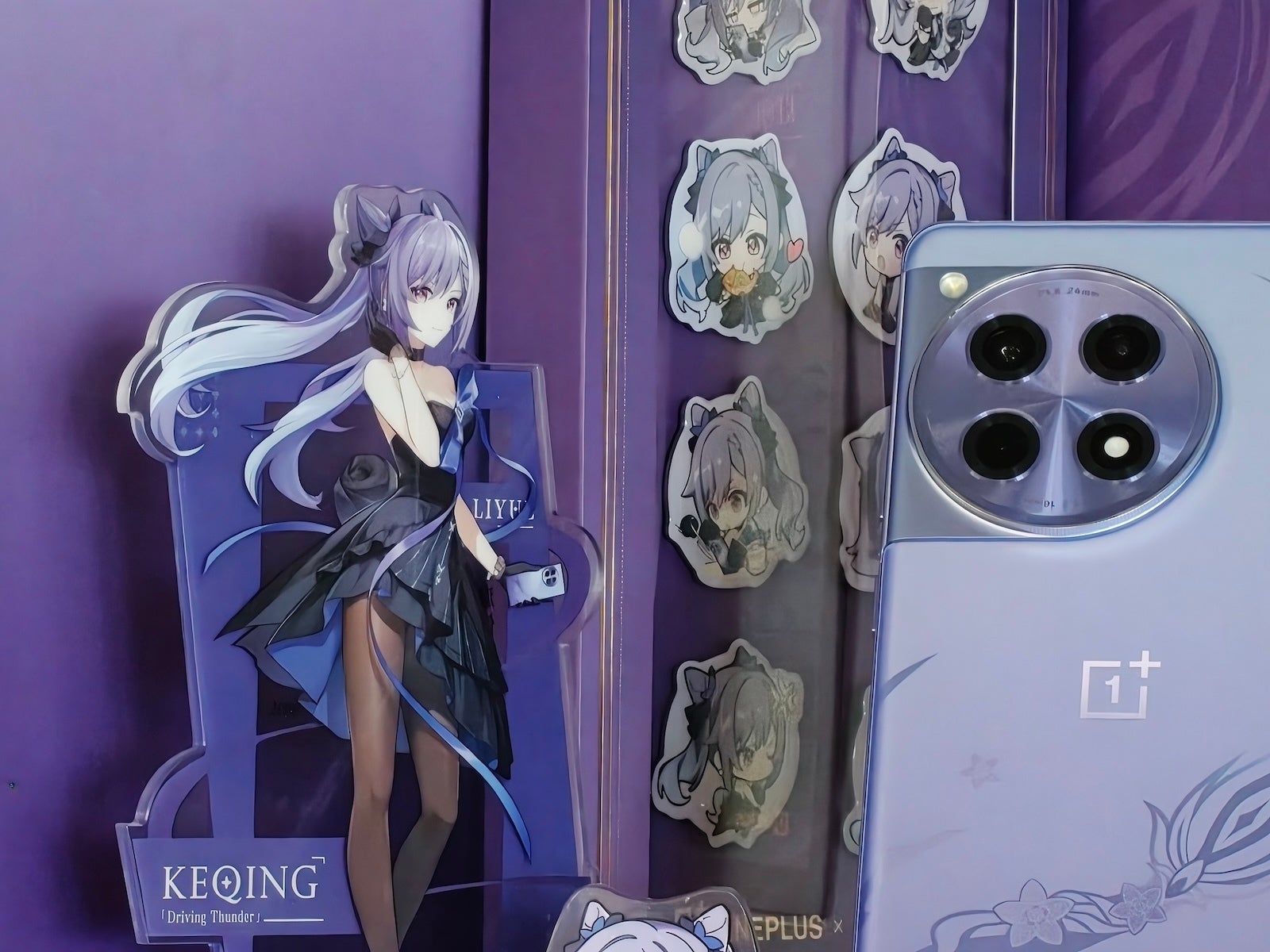

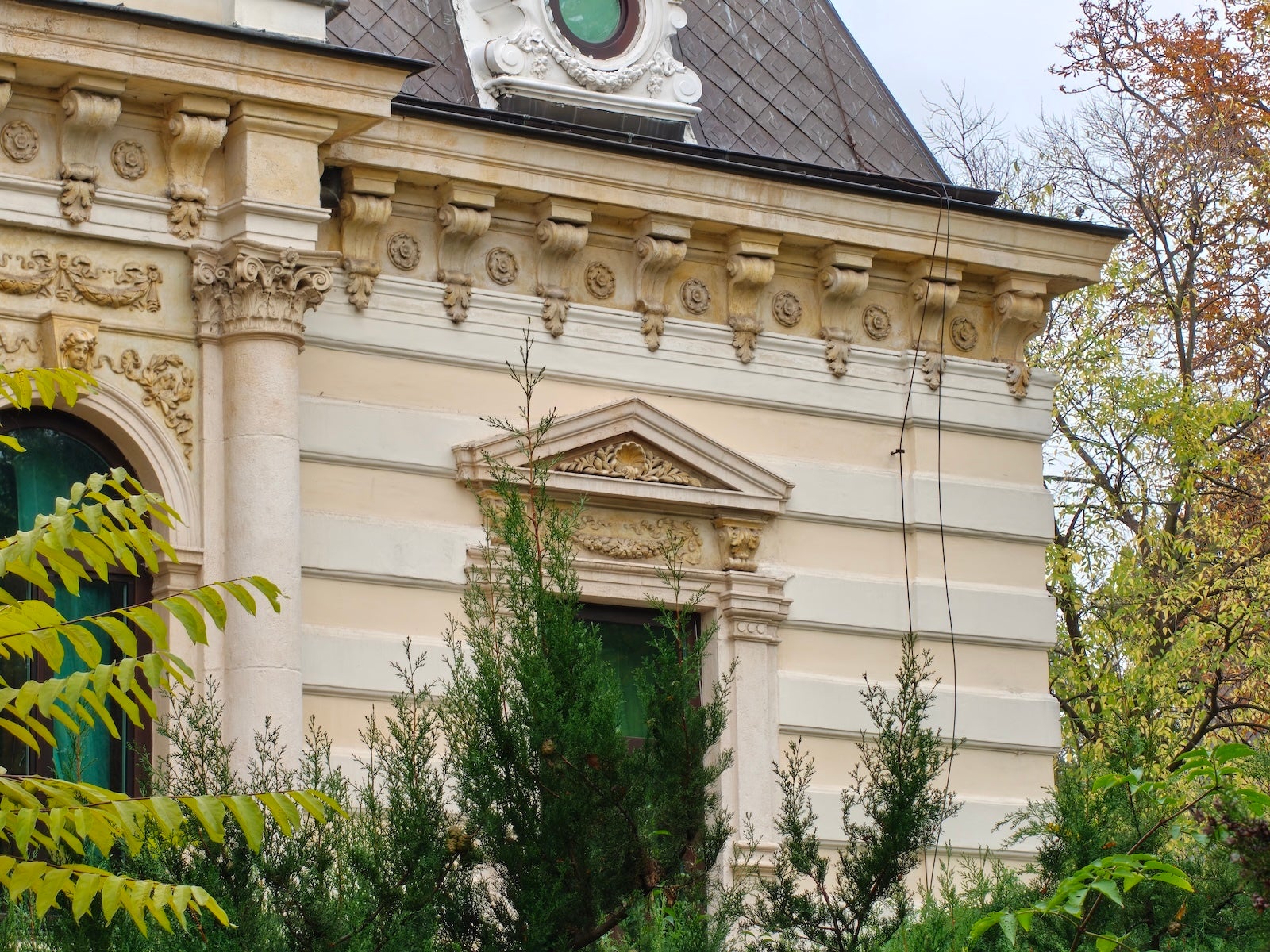
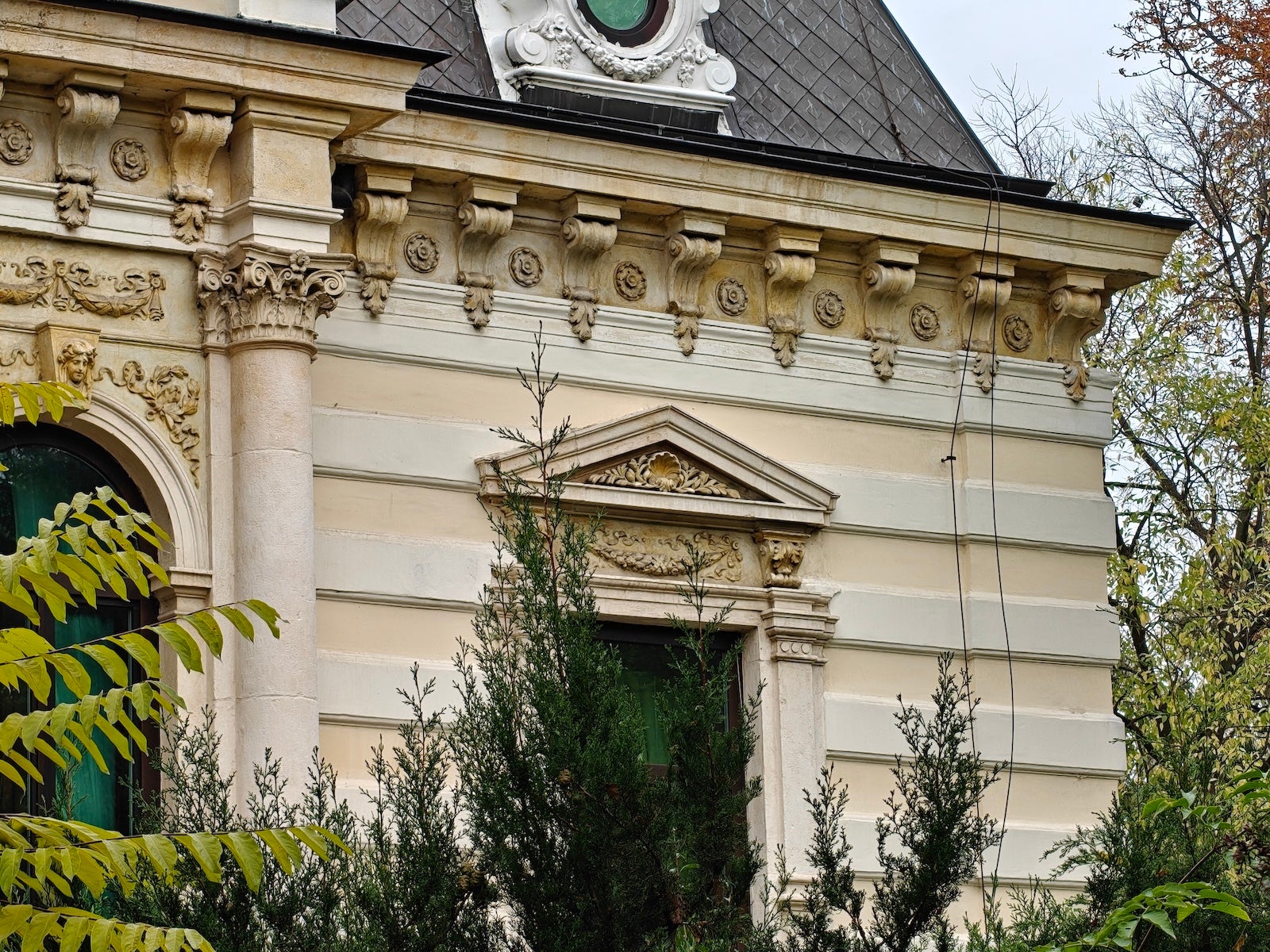




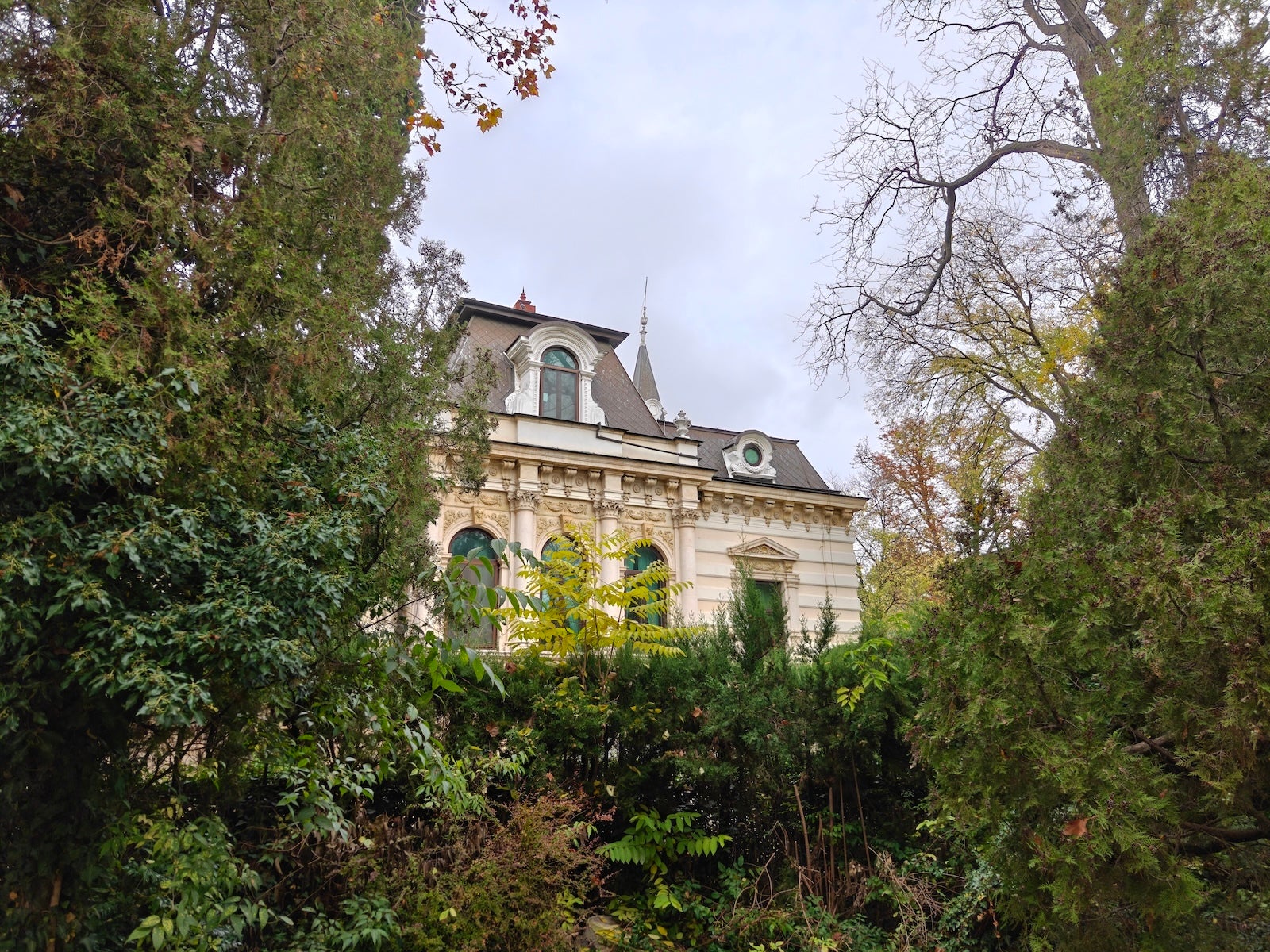
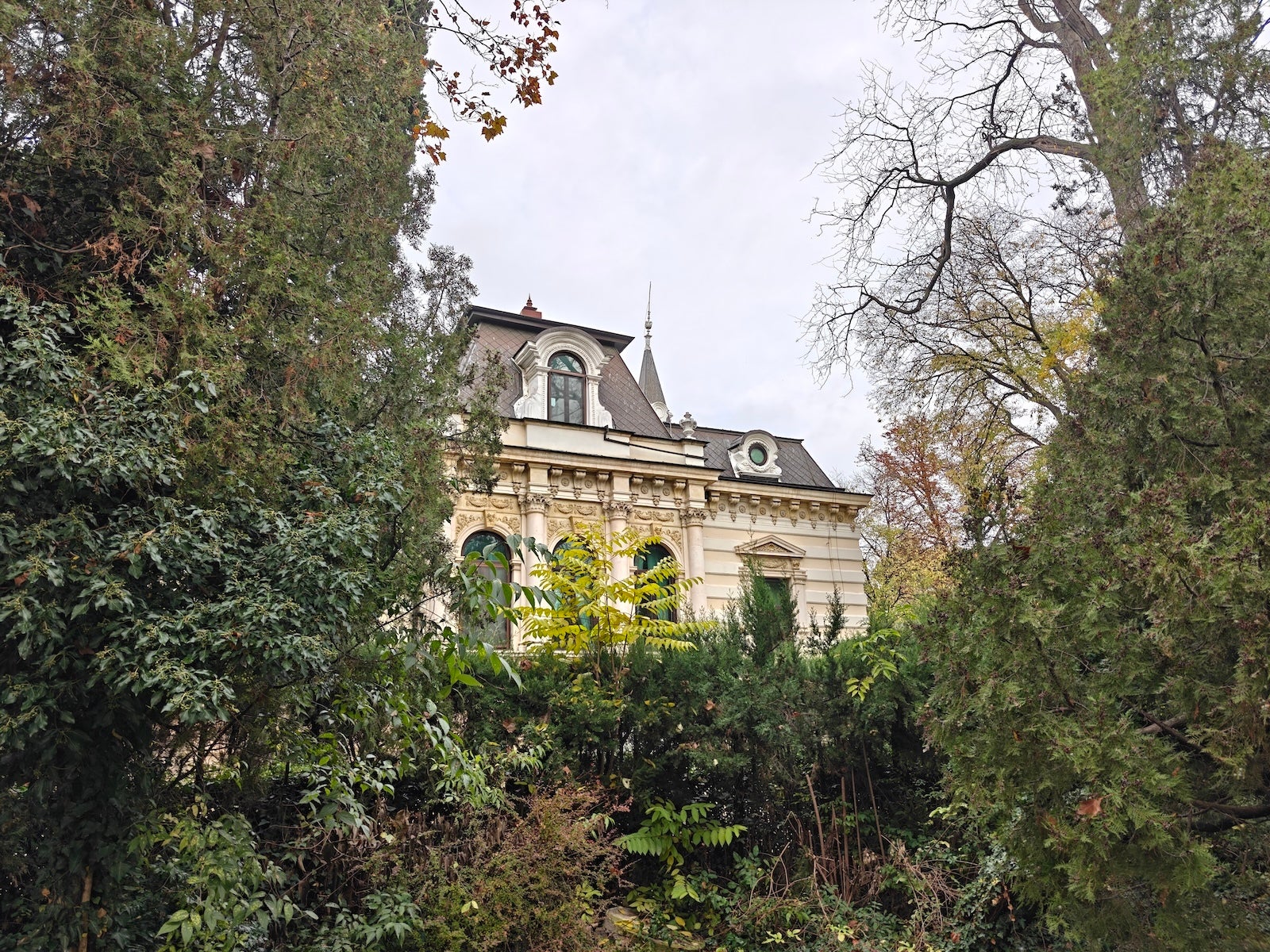
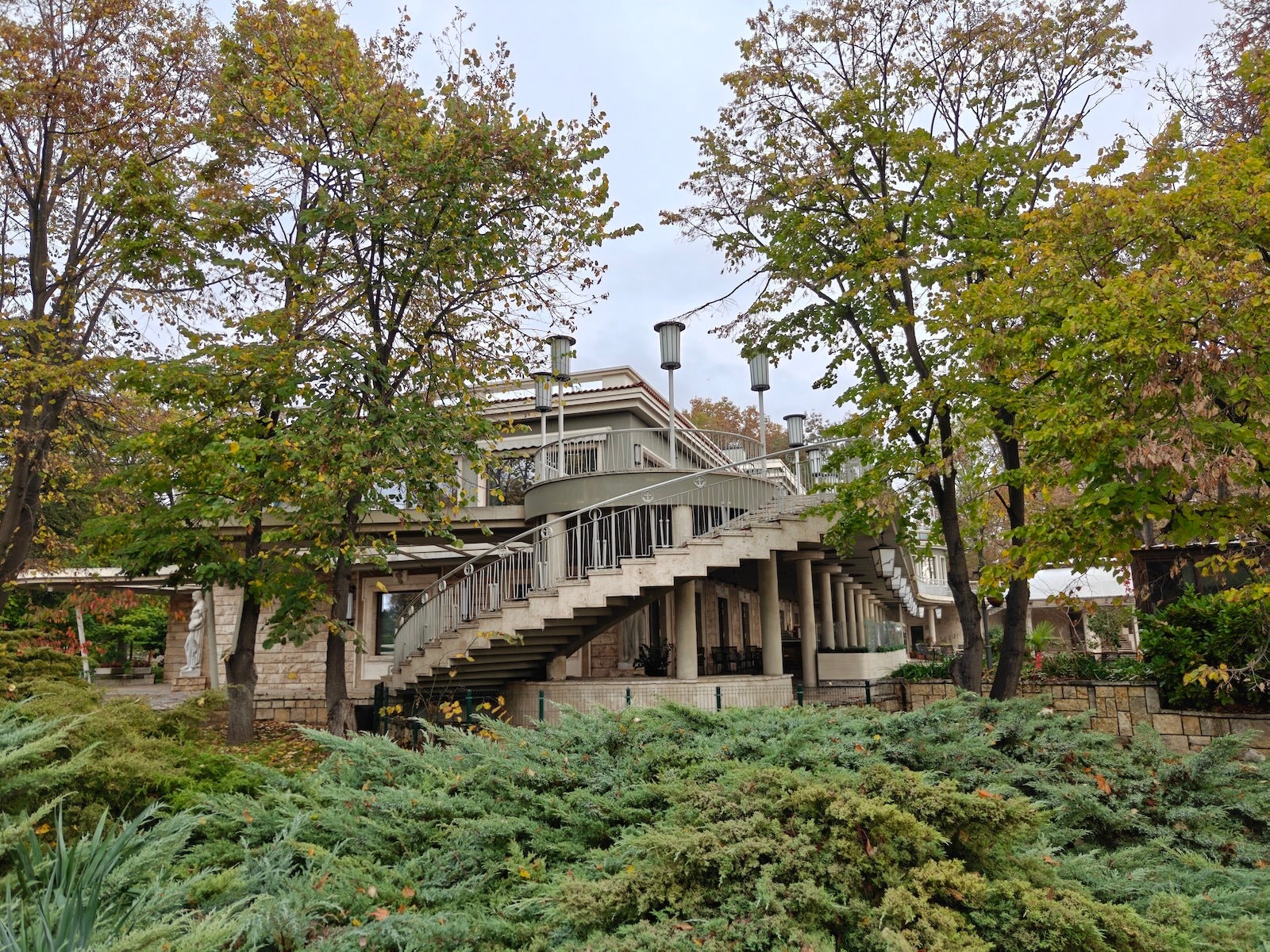
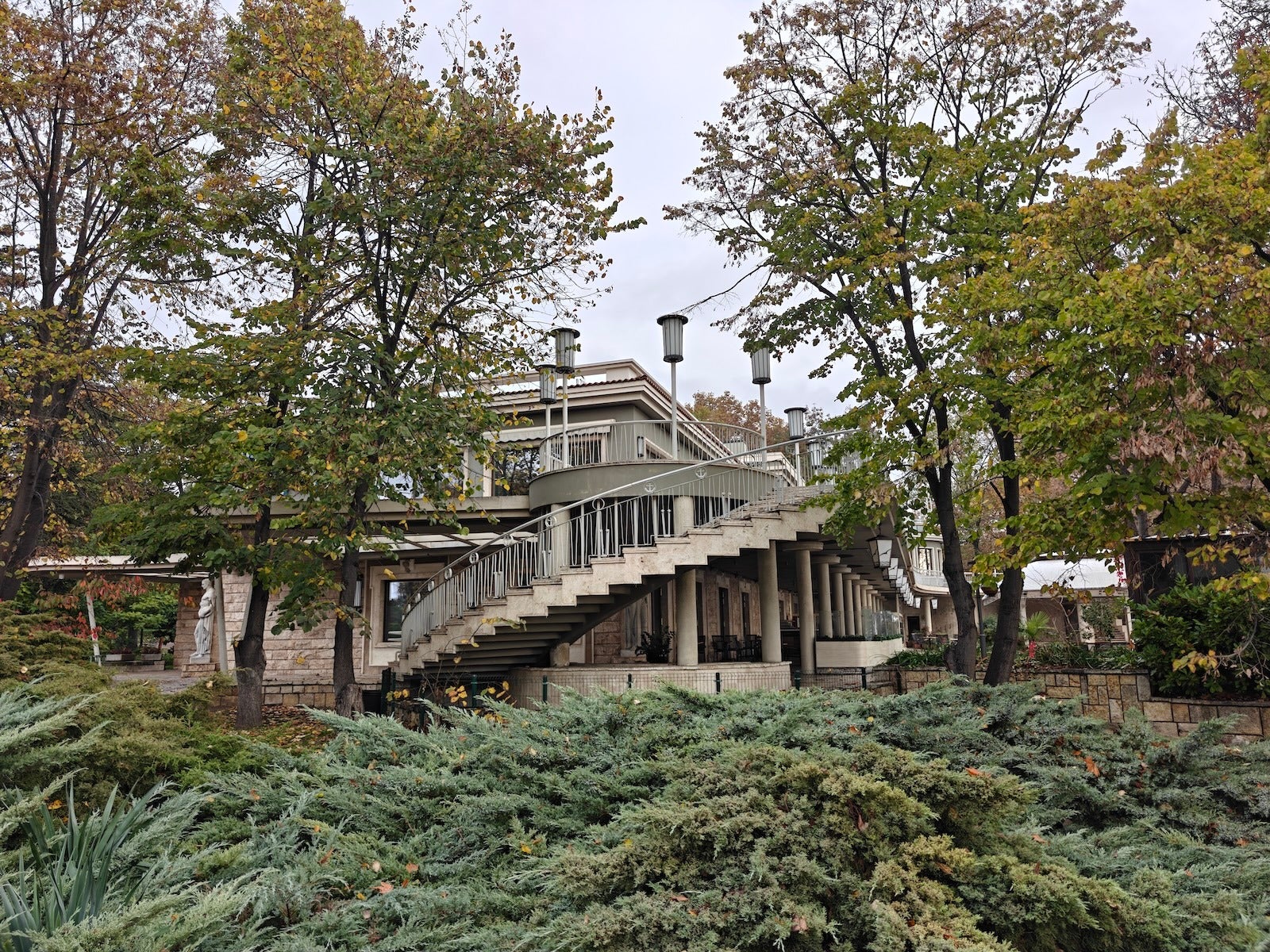



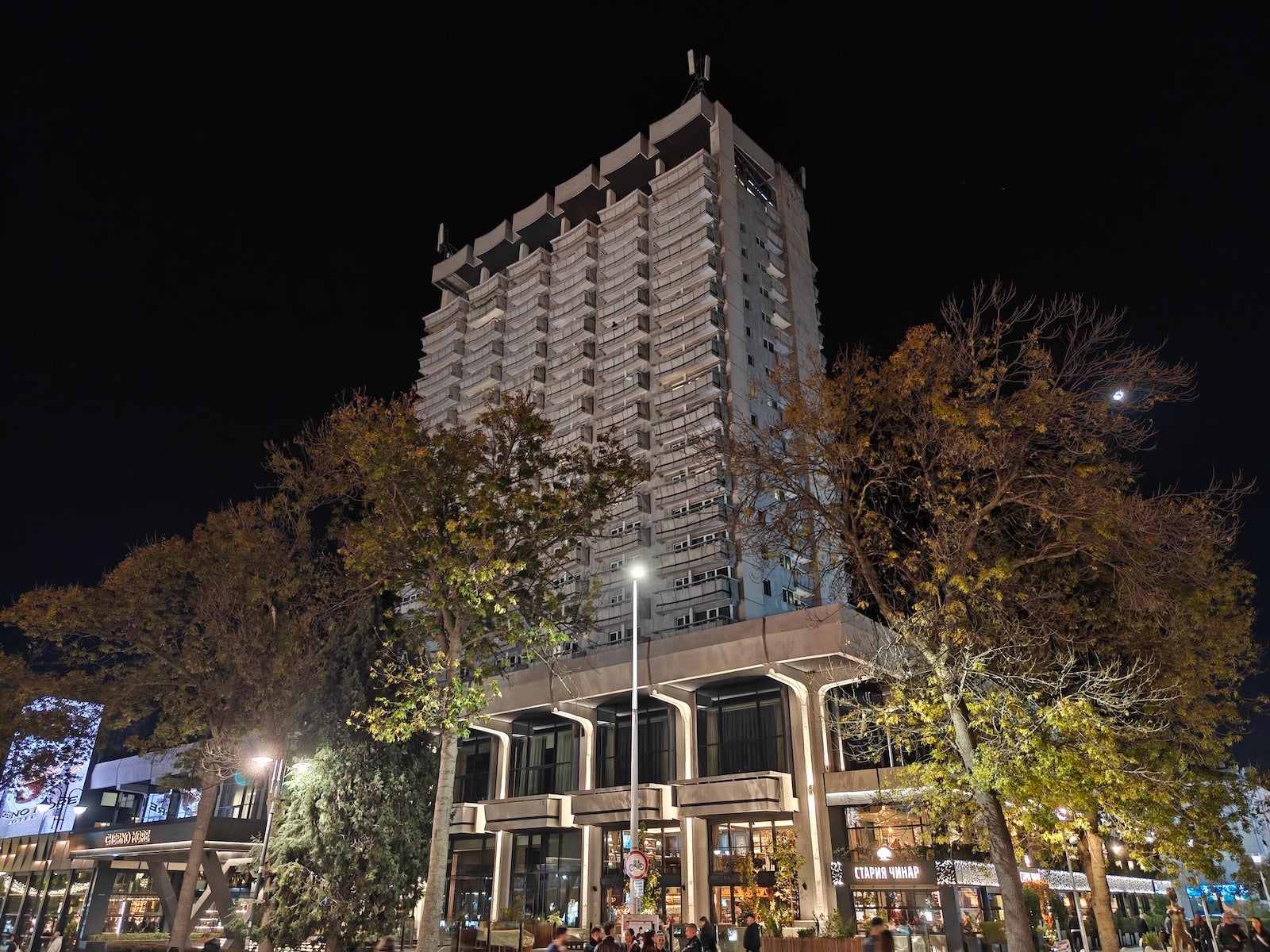




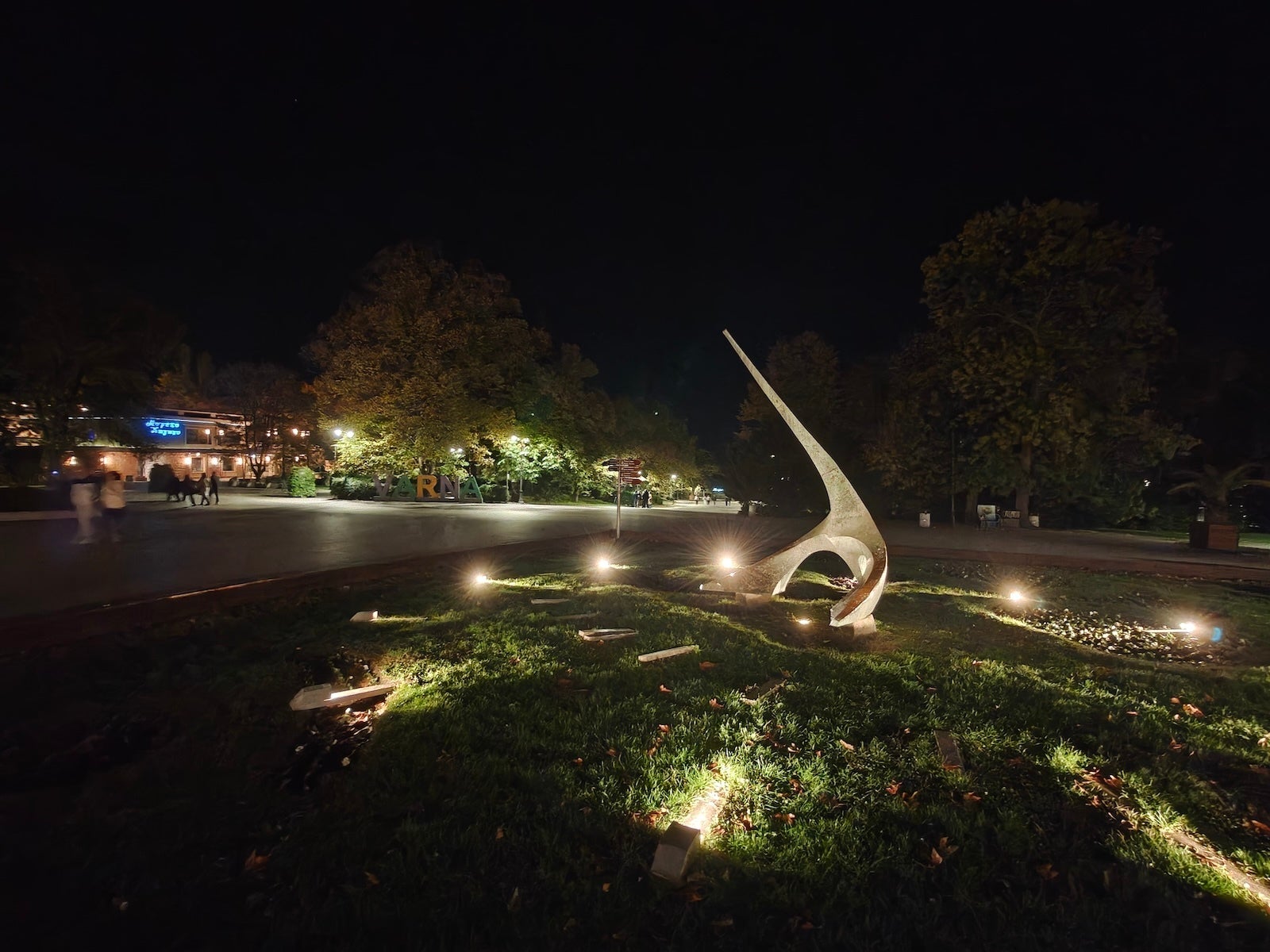
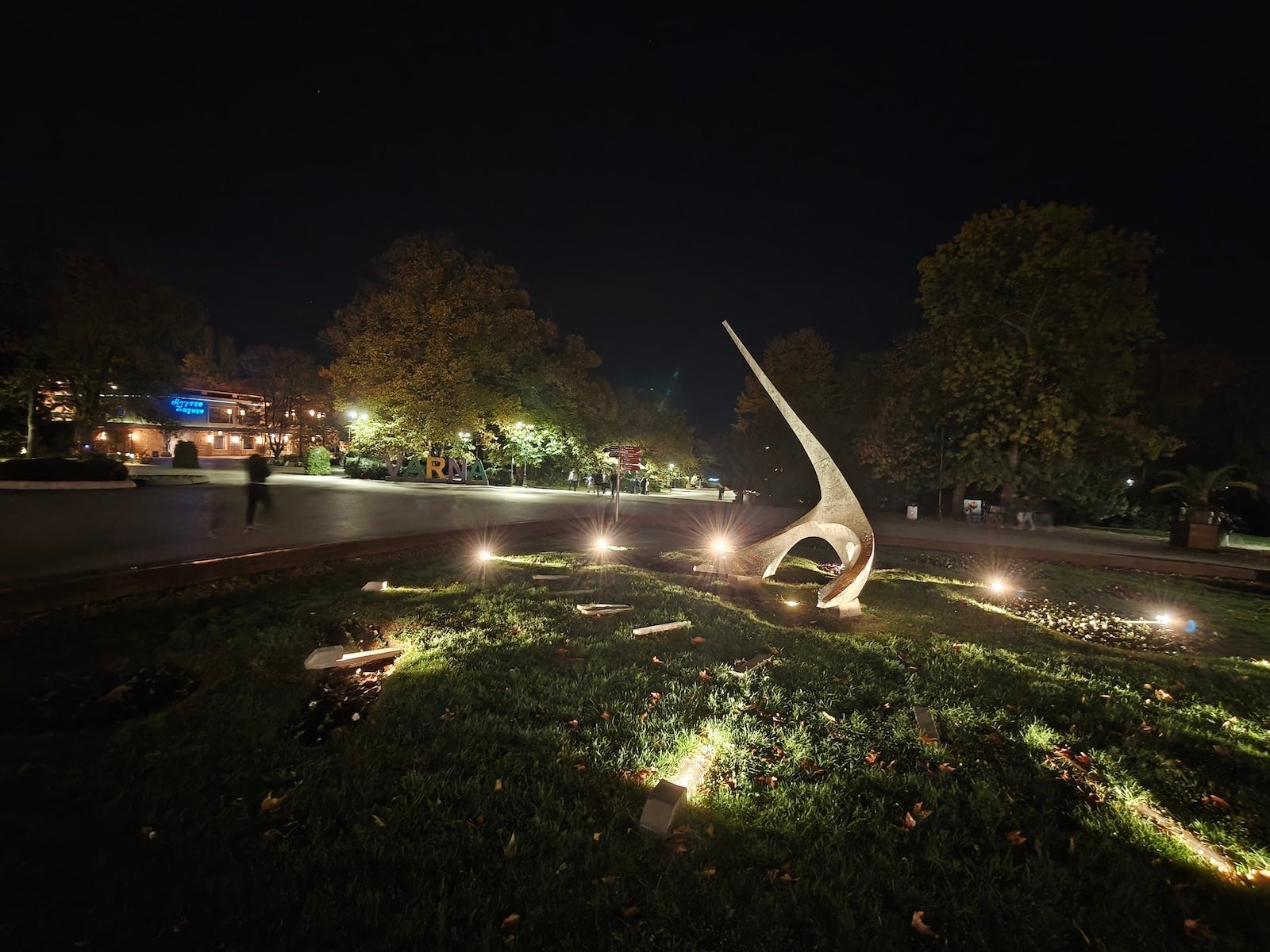
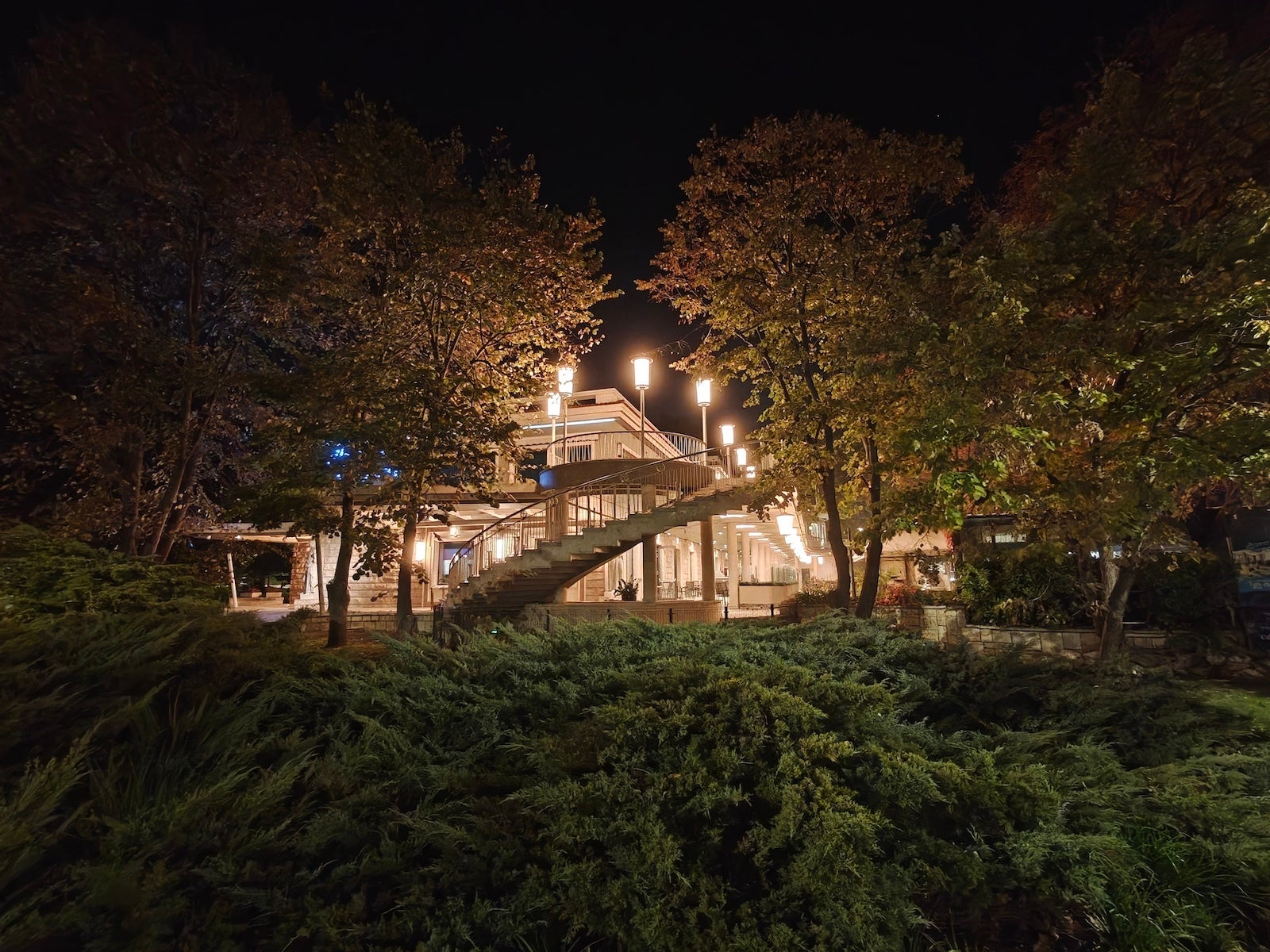



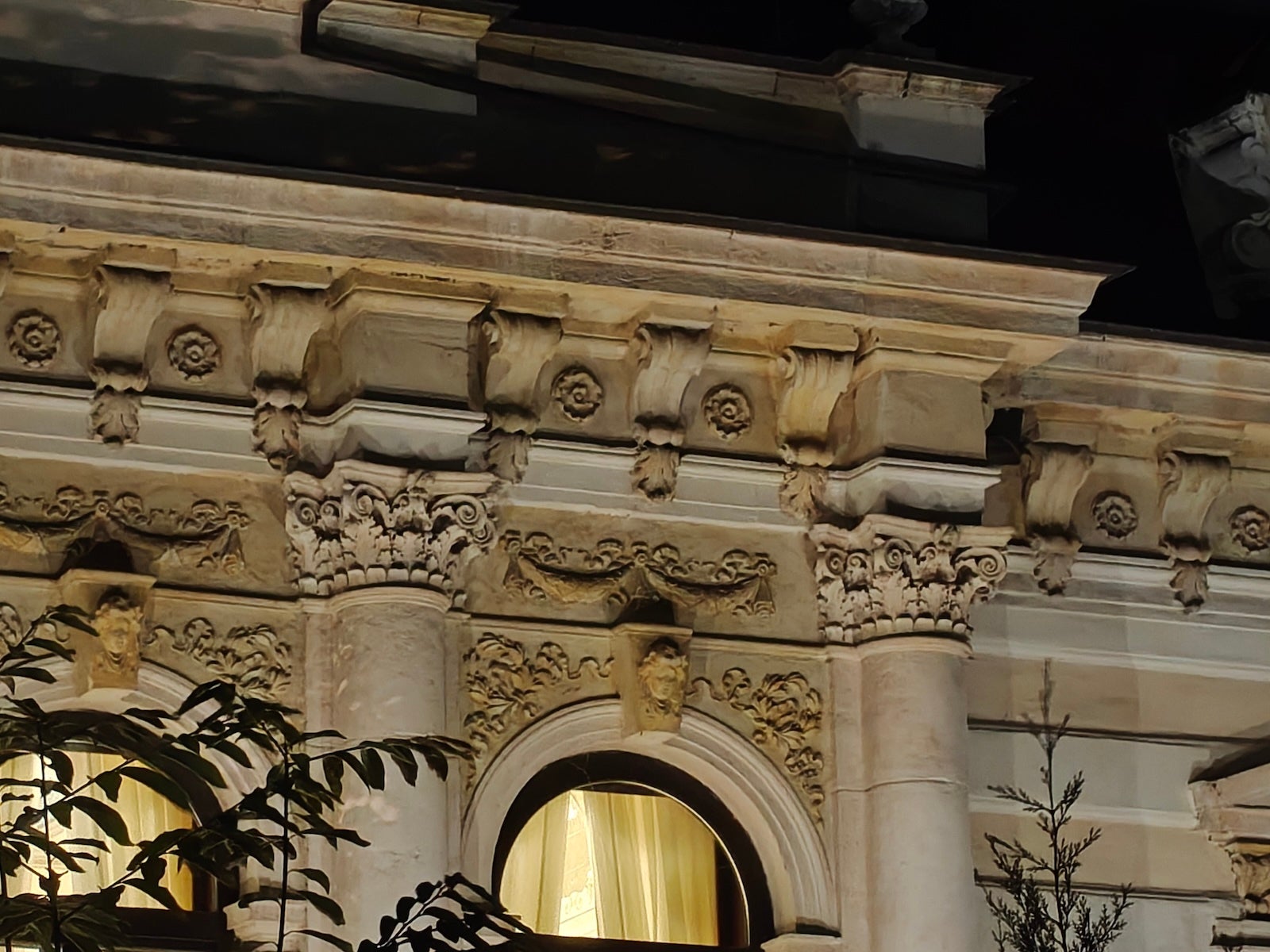

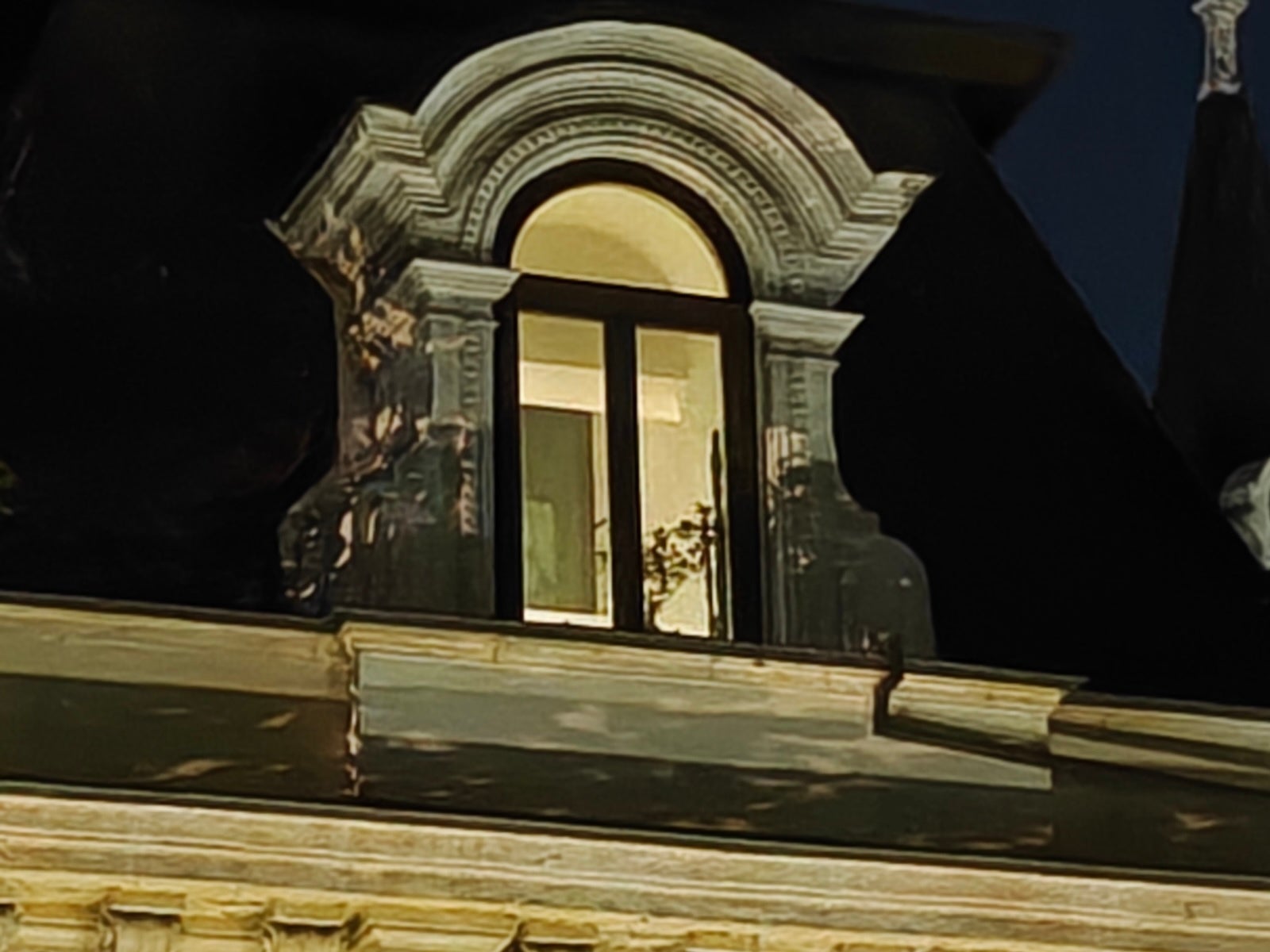



![New T-Mobile CEO has everyone on the edge of their seats with new teaser [UPDATED]](https://m-cdn.phonearena.com/images/article/175840-wide-two_350/New-T-Mobile-CEO-has-everyone-on-the-edge-of-their-seats-with-new-teaser-UPDATED.webp)


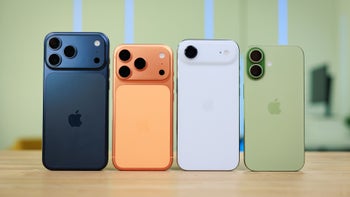


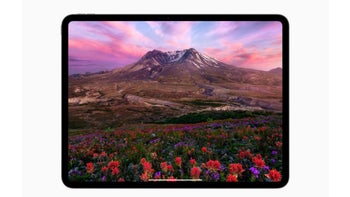




Things that are NOT allowed:
To help keep our community safe and free from spam, we apply temporary limits to newly created accounts: